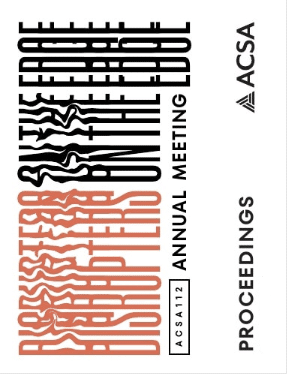Author(s): Shawhin Roudbari, Aspen Randolph & Chloe Nicklas
In her study of law schools in the US, sociologist Wendy Leo Moore identifies such academic institutions as hegemonic white spaces. Drawing upon the racist history of the legal system and the legal profession in the US, she shows that law schools are complicit in upholding white supremacist ideologies. In her study, Moore also noted the role that the architecture of law schools played in reproducing racism. In her analysis, she cites classroom seating layouts, symbolism in interior design, and alienating circulation through the building. Scholars of race and space offer powerful theoretical frameworks for understanding space’s role in perpetuating, inflicting, and creating racialized harms. But most do so by considering urban scales of space (e.g. the role of redlining or urban renewal). What is unique about Moore’s study of white spaces is her attention to architectural scales of space. In an effort to deepen this thread of inquiry, in this paper, the authors investigate how members of a university community experience white and racist spaces of a predominantly white campus. The authors conducted twenty participant-led go-alongs where participants guide walks through the campus spaces they navigate. Participants reported ways architectural elements such as material, spatial hierarchy, threshold, and framed views perpetuate white supremacy. This research aims to document ways that members of campus communities experience white supremacist architecture. The findings of this project contribute to theorizing ways white supremacy is reproduced at architectural scales of space.
https://doi.org/10.35483/ACSA.AM.112.93
Volume Editors
Germane Barnes & Blair Satterfield
ISBN
978-1-944214-45-6

 Study Architecture
Study Architecture  ProPEL
ProPEL 
